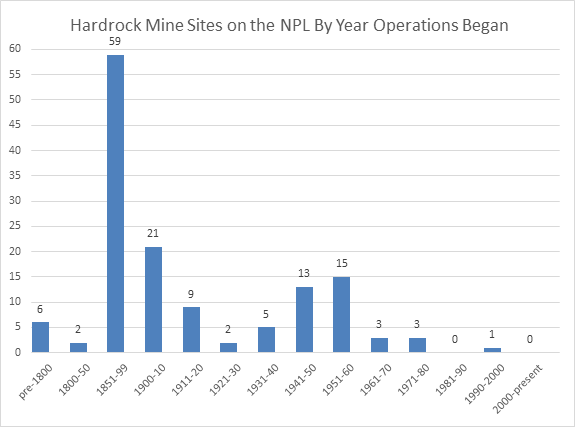Painter’s Stance on Mining is a Dumpster Fire
U.S. Senate candidate Richard Painter, who became famous for his dumpster fire ad, addressed a crowd of about 100 people in Ely, Minnesota on Tuesday, July 17th. Copper-nickel mining was one of the main topics of conversation at the event.
Unfortunately, Painter’s stance on the issue is, well, a dumpster fire.
According to the Ely Echo, Painter criticized current Senator Tina Smith, who supported land exchange legislation aimed at advancing the PolyMet project near Hoyt Lakes, earlier this year. Painter charged it showed “the DFL establishment is in the back pocket of mining companies.”
The Echo also reported:
“Painter said the region is known as the Iron Range, “not the Copper Range” and gave a nod both to the region’s taconite mining industry and the quest for more livable wage jobs in the region.”
Painter’s uniformed opinion on the safety of modern mining and the great economic benefits the Iron Range would reap from capitalizing on its vast copper, nickel, platinum, palladium, and titanium deposits should alarm advocates for responsible mining.
Modern mining has been incredibly safe. In fact, since 1990, which is roughly the time frame when modern environmental regulations went into effect, no mines permitted by the Bureau of Land Management (BLM) and the U.S. Forest Service have been added to the National Priorities List (NPL).
BLM has approved 659 plans since 1990 and none had been added to the NPL and the Forest Service reported approval of 2,685 plans since 1990 with no sites being placed on the NPL.

The Barite Hill Mine in South Carolina is the only site that has been added to the NPL since 1990. Based on EPA’s research about this site, EPA states that it “does not consider the mine to be representative of modern mining practices and instead would be more properly characterized as a legacy mine site. EPA has confirmed that South Carolina updated its mining law in 1990, after the mine began operating, to impose reclamation requirements for mines.
Additionally, the Minnesota’s environmental laws governing mining are among the most stringent in the world. Furthermore, any mines approved in Minnesota must meet the rigorous standards established and enforced by the Minnesota Department of Natural Resources.
Modern mining can be safe for the environment and a tremendous economic engine. Our calculations on the economic impacts of mining Minnesota’s copper, nickel, platinum, palladium, and titanium estimate that mining these resources would conservatively add $3.7 billion in annual economic output, employ about 1,900 people in mines, employ another 6,500 people in indirect and induced jobs, and generate nearly $198 million in tax revenues.
This is the economic equivalent of hosting 10 Super Bowls in Minnesota every single year for decades to come. Opposing environmentally responsible copper and nickel mining means the Iron Range will be subject to fluctuations in iron ore prices for the foreseeable future.
Facilitating more opportunities in the mining industry is the best way to promote livable wage jobs in northern Minnesota. Mr. Painter should take note.